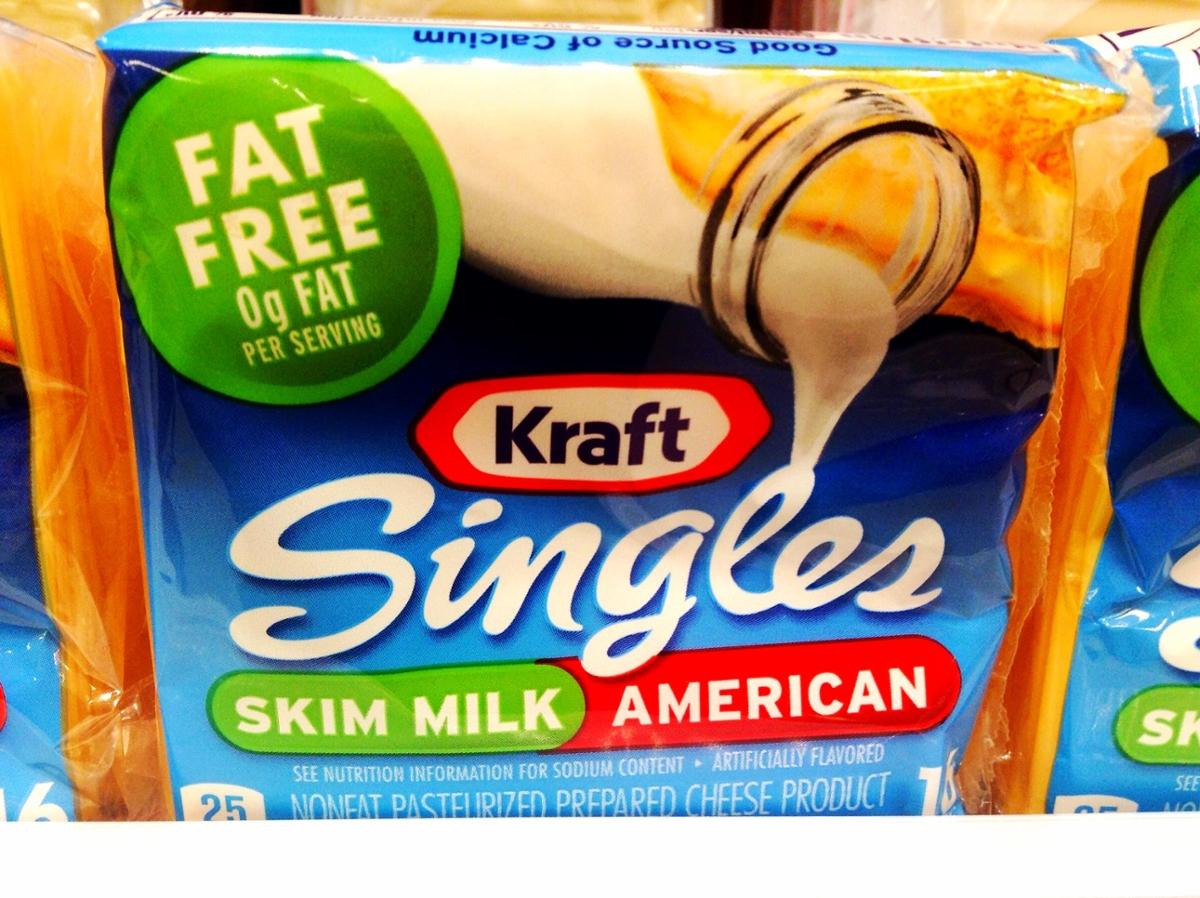The science and ingenuity behind fat-free food products is both fascinating and intriguing. Trained taste testers at chemical manufacturing and food product firms often break down their experiences of eating these reduced-fat prototypes with specialized vocabularies. For instance, a panel at the firm National Starch rated attributes like “slipperiness,” “surface grain on back of spoon” and “residual dairy mouth coating” for a new low-fat Alfredo sauce.
But how are reduced-fat or fat-free foods made? Often it involves never putting the fat in to begin with. So, a low-fat spread may include skim milk. But using low-fat ingredients often leaves the food not quite as tasty and with noticeable texture issues. To patch texture problems, manufacturers include additives and food binders like gums and starches plus water. To make up for the lack in taste, more sugar is used in place of the fat.
In order to keep consumers satisfied, more sugar is often added to our low-fat ice creams, mayonnaises, and the like. What results are highly-processed low-fat foods. In the end, these foods often have similar calorie counts to the original, fatty versions. And all that sugar can spike blood sugar levels, and increase the risks of heart disease and diabetes.
It’s worthwhile to note that we all need some fats in our diet. They’re tasty yes but also do much more than supply calories. For one thing, fats in our diet absorb vitamins A, D, E, and K, all of which bolster our ability to fight infections, and influence our bone health. Perhaps, be skeptical of claims by food fixers in your search for a balanced diet.










